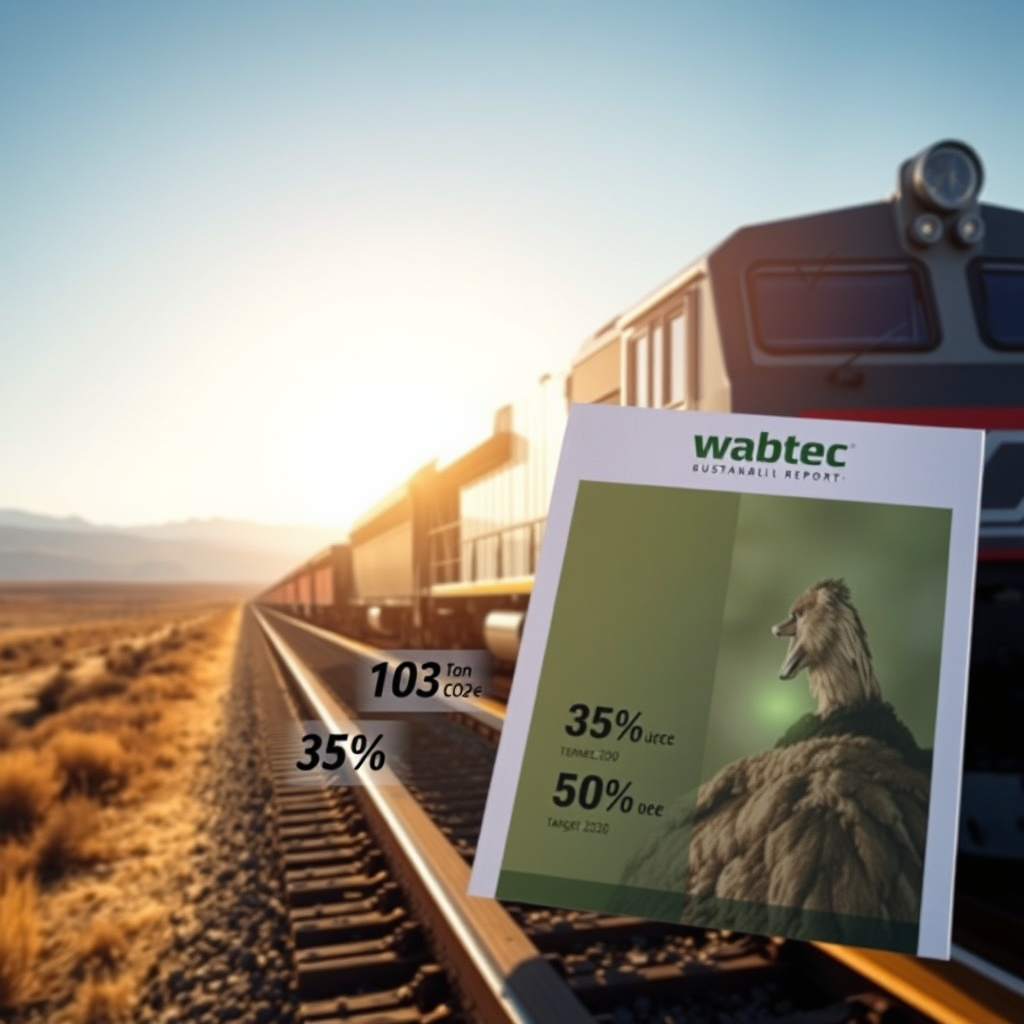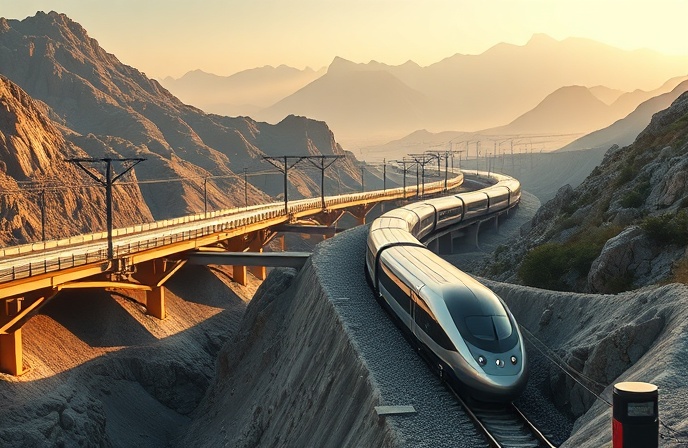Siemens Battery Trains: Revolutionizing German Rail

This article explores the significant shift towards sustainable railway transportation, focusing on the recent contract awarded to Siemens Mobility by Hessische Landesbahn (HLB) for the deployment of battery-electric multiple units (BEMUs) in Germany. The project, a pilot program on the Oberwesterwaldbahn (OWB) and Unterwesterwaldbahn (UWB) lines, represents a crucial step in replacing diesel locomotives with environmentally friendly alternatives. This transition addresses growing concerns about noise pollution and greenhouse gas emissions from conventional rail operations, particularly on non-electrified lines. The successful implementation of this pilot project could pave the way for wider adoption of BEMUs throughout Germany and beyond, influencing future railway infrastructure development and investment strategies globally. We will delve into the technological aspects of these trains, the strategic implications for HLB and Siemens Mobility, and the broader context of sustainable transportation within the German railway system.
Siemens Mireo Plus B: A Technological Overview
Siemens Mobility’s Mireo Plus B trains are specifically designed for non-electrified lines, offering a compelling alternative to diesel-powered rolling stock. These BEMUs utilize onboard battery packs for propulsion, eliminating the need for continuous connection to an overhead catenary system (OCS). The integration of pantographs allows for opportunity charging at electrified sections of the network, maximizing operational flexibility and extending the range of the trains. This hybrid approach significantly reduces operational costs associated with diesel fuel while minimizing environmental impact. The design prioritizes passenger comfort with 126 seats and standing room for 156 passengers, along with three doors per side for efficient passenger flow. The inherent quiet operation of the electric motors also contributes to a significant reduction in noise pollution compared to diesel counterparts, benefiting communities along the rail lines.
Hessische Landesbahn’s Strategic Choice
Hessische Landesbahn (HLB)’s decision to adopt the Siemens Mireo Plus B trains for its Upper and Lower Westerwald pilot project highlights a proactive commitment to sustainable railway operations. The challenging terrain of the OWB and UWB lines, characterized by longer uphill stretches, makes the performance of battery-powered trains particularly relevant. The pilot program offers a valuable opportunity to assess the viability and operational efficiency of BEMUs in real-world conditions, providing empirical data to inform future investment decisions. This strategic move aligns with broader sustainability goals within the German railway sector and demonstrates HLB’s leadership in adopting innovative technologies to improve environmental performance and passenger experience.
Environmental and Economic Benefits
The transition from diesel to battery-electric trains offers significant environmental and economic advantages. The elimination of diesel emissions directly reduces greenhouse gas emissions and air pollutants, improving air quality in areas served by the railway. The reduced noise pollution significantly enhances the quality of life for communities along the rail lines. From an economic perspective, while the initial investment in BEMUs may be higher than for diesel trains, the long-term operational costs are significantly lower due to reduced fuel consumption and maintenance requirements. Furthermore, the potential for increased ridership due to improved passenger comfort and reduced environmental impact can generate additional revenue streams.
Wider Implications for the Railway Industry
The success of HLB’s pilot project with Siemens’ Mireo Plus B trains will have far-reaching implications for the railway industry in Germany and globally. It will demonstrate the viability and operational efficiency of BEMUs in challenging environments, encouraging other railway operators to consider similar transitions. This shift towards battery-electric technology is poised to accelerate the decarbonization of the railway sector, contributing to broader sustainability targets. Furthermore, the success of this project could stimulate innovation and competition in the development and deployment of advanced battery technologies for railway applications. The resulting technological advancements will likely drive further reductions in costs and improvements in performance, making BEMUs an increasingly attractive option for railway operators worldwide.
Conclusions
The contract awarded to Siemens Mobility by Hessische Landesbahn for the supply of three Mireo Plus B battery trains marks a significant milestone in the transition towards sustainable railway transportation. This pilot project, focusing on the challenging terrain of the Oberwesterwaldbahn and Unterwesterwaldbahn lines, allows for a comprehensive evaluation of BEMUs’ performance and operational efficiency in real-world conditions. The Mireo Plus B trains, with their onboard battery packs and pantograph capability, offer a compelling combination of environmental benefits and operational flexibility. They minimize noise and exhaust emissions, significantly reducing the environmental impact of rail operations while providing a comfortable passenger experience. The strategic choice made by HLB underscores a commitment to sustainable practices and aligns with broader environmental goals within the German railway sector. The project’s economic benefits stem from lower operational costs and the potential for increased ridership driven by improved passenger comfort and environmental consciousness. Ultimately, the success of this pilot project could catalyze a wider adoption of BEMUs, accelerating the decarbonization of the railway sector, stimulating innovation in battery technology, and enhancing the sustainability of global railway networks. The insights gathered from this initiative will prove invaluable in shaping future railway infrastructure development and investment strategies, creating a greener and more efficient railway system for generations to come.



